118 results in Exploration of Neuroscience
Most Cited
Sort by :
- Latest
- Most Viewed
- Most Downloaded
- Most Cited
Open Access
Review
Stigma and psychosocial problems in patients with epilepsy
Kubra Yeni
Published: December 06, 2023 Explor Neurosci. 2023;2:251–263
This article belongs to the special issue Epilepsy
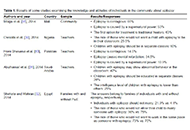
Open Access
Review
Current therapeutics for Alzheimer’s disease and clinical trials
Danqing Xiao, Chen Zhang
Published: June 27, 2024 Explor Neurosci. 2024;3:255–271
This article belongs to the special issue Alzheimer’s Disease
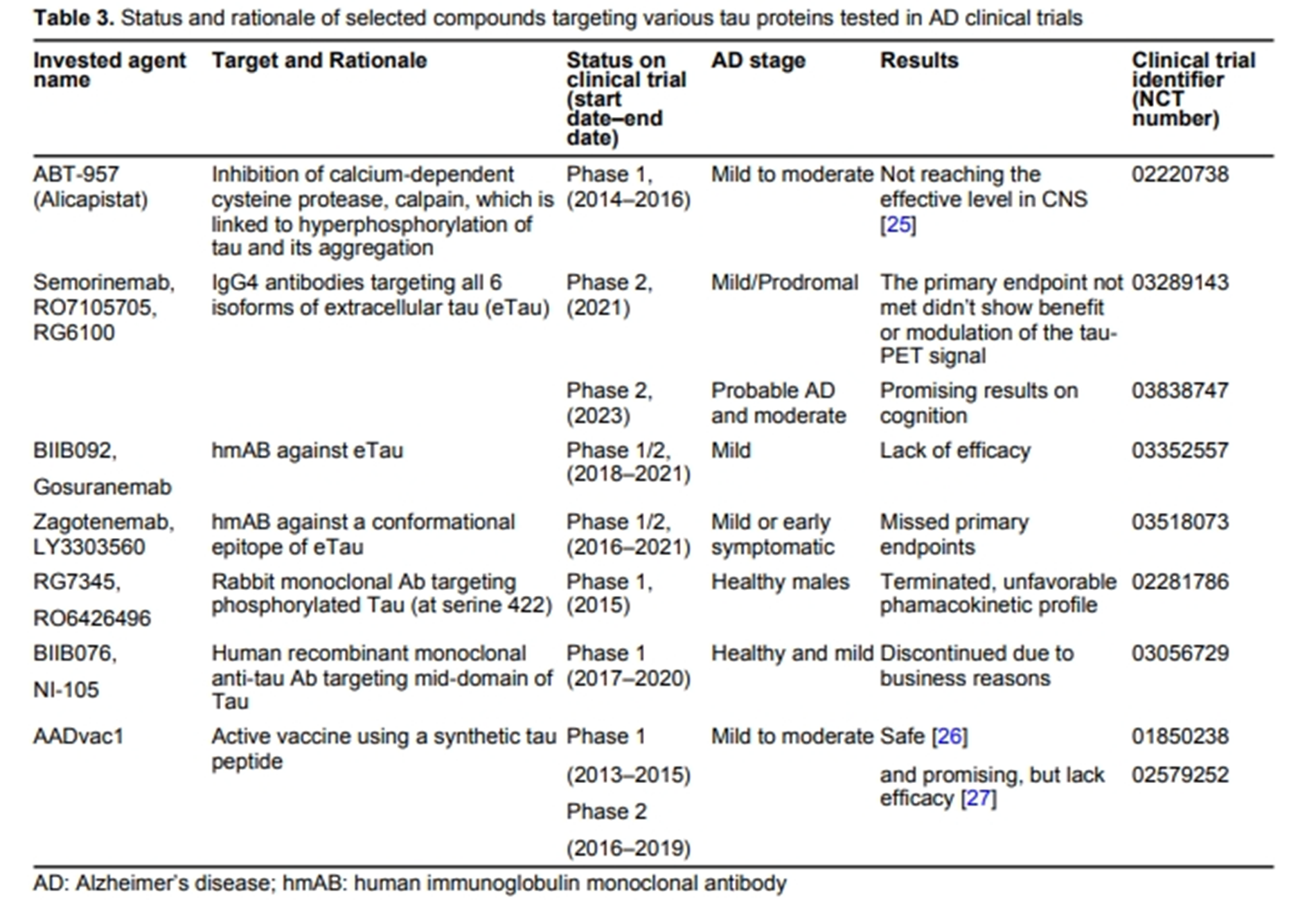
Open Access
Review
Impact of circadian clock dysfunction on human health
Saptadip Samanta, Sk Asif Ali
Published: September 29, 2022 Explor Neurosci. 2022;1:4–30
This article belongs to the special issue Circadian Rhythm and Melatonin
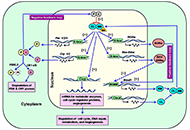
Open Access
Review
Neuropharmacologic modulation of the melatonergic system
Utku Aykan ... Canan Uluoglu
Published: December 22, 2023 Explor Neurosci. 2023;2:287–306
This article belongs to the special issue Circadian Rhythm and Melatonin
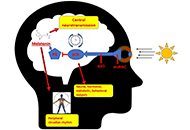
Open Access
Review
The role of neuroimaging in Alzheimer’s disease: implications for the diagnosis, monitoring disease progression, and treatment
Julius Mulumba ... Yong Yang
Published: February 25, 2025 Explor Neurosci. 2025;4:100675
This article belongs to the special issue Alzheimer's Disease
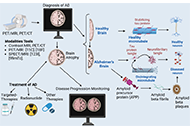
Open Access
Review
Connecting the ends: signaling via receptor tyrosine kinases and cytoskeletal degradation in neurodegeneration
Priyanka Sengupta ... Debashis Mukhopadhyay
Published: February 20, 2024 Explor Neurosci. 2024;3:1–26
This article belongs to the special issue Alzheimer’s Disease

Open Access
Review
Effects mediated by melatonin and cortisol of artificial light and noise, alone and in combination, on sleep and health
Nahum M. Gabinet
Published: September 13, 2024 Explor Neurosci. 2024;3:382–417
This article belongs to the special issue Circadian Rhythm and Melatonin

Open Access
Review
Neuroprotective prospectives of triterpenoids
Apoorva A. Bankar ... Nazma N. Inamdar
Published: June 26, 2024 Explor Neurosci. 2024;3:231–254
This article belongs to the special issue Medicinal Plants and Bioactive Phytochemicals in Neuroprotection
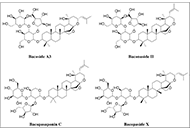
Open Access
Mini Review
Neuroprotective compounds from three common medicinal plants of West Bengal, India: a mini review
Suvendu Ghosh ... Debosree Ghosh
Published: December 26, 2023 Explor Neurosci. 2023;2:307–317
This article belongs to the special issue Medicinal Plants and Bioactive Phytochemicals in Neuroprotection

Open Access
Review
Neuroprotective insights into epigallocatechin gallate (EGCG) for neurodegenerative disorders
Neha Kamboj ... Rahul Kumar
Published: February 24, 2025 Explor Neurosci. 2025;4:100673
This article belongs to the special issue Medicinal Plants and Bioactive Phytochemicals in Neuroprotection

Open Access
Review
An intricate relationship between circadian rhythm dysfunction and psychiatric diseases
Saptadip Samanta, Debasis Bagchi
Published: August 23, 2024 Explor Neurosci. 2024;3:321–351
This article belongs to the special issue Circadian Rhythm and Melatonin
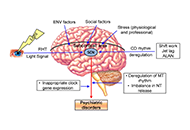
Open Access
Review
Updates in mechanical thrombectomy
Kevin Pierre ... Brandon Lucke-Wold
Published: December 30, 2022 Explor Neurosci. 2022;1:83–99
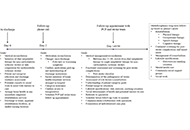
Open Access
Review
Update for astrocytomas: medical and surgical management considerations
Matthew Willman ... Brandon Lucke-Wold
Published: February 23, 2023 Explor Neurosci. 2023;2:1–26

Open Access
Review
Negative environmental influences on the developing brain mediated by epigenetic modifications
Maya Komar-Fletcher ... Joanna Michalina Jurek
Published: September 28, 2023 Explor Neurosci. 2023;2:193–211

Open Access
Review
Investigation into the vascular contributors to dementia and the associated treatments
Caroline Grace Davidson ... Brandon Lucke-Wold
Published: October 15, 2023 Explor Neurosci. 2023;2:224–237
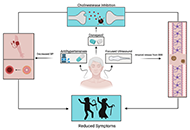
Open Access
Review
Therapeutic potential of extracellular vesicles in Parkinson’s disease
Michelli Ramires Teixeira ... Rodrigo Pinheiro Araldi
Published: June 29, 2023 Explor Neurosci. 2023;2:106–122
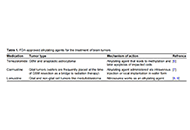
Open Access
Original Article
Antinociceptive effect and anti-inflammatory activity of 1,4-naphthoquinones in mice
Sergei Kozlovskiy ... Dmitry Aminin
Published: February 22, 2024 Explor Neurosci. 2024;3:39–50
This article belongs to the special issue Neuropathic Pain
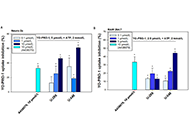
Open Access
Review
Neurostimulation devices to treat Alzheimer’s disease
Felipe P. Perez ... Maher Rizkalla
Published: February 25, 2025 Explor Neurosci. 2025;4:100674
This article belongs to the special issue Alzheimer's Disease
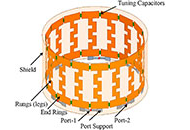
Open Access
Review
Circadian regulation of the immune-hematopoietic system
Georges Maestroni
Published: June 30, 2023 Explor Neurosci. 2023;2:123–139
This article belongs to the special issue Circadian Rhythm and Melatonin
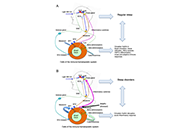
Open Access
Review
Neuregulins: subcellular localization, signaling pathways and their relationship with neuroplasticity and neurological diseases
Marines Longart ... Juan Carlos Martínez
Published: September 29, 2022 Explor Neurosci. 2022;1:31–53
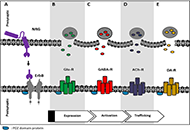
Journal Information
 Previous
Previous